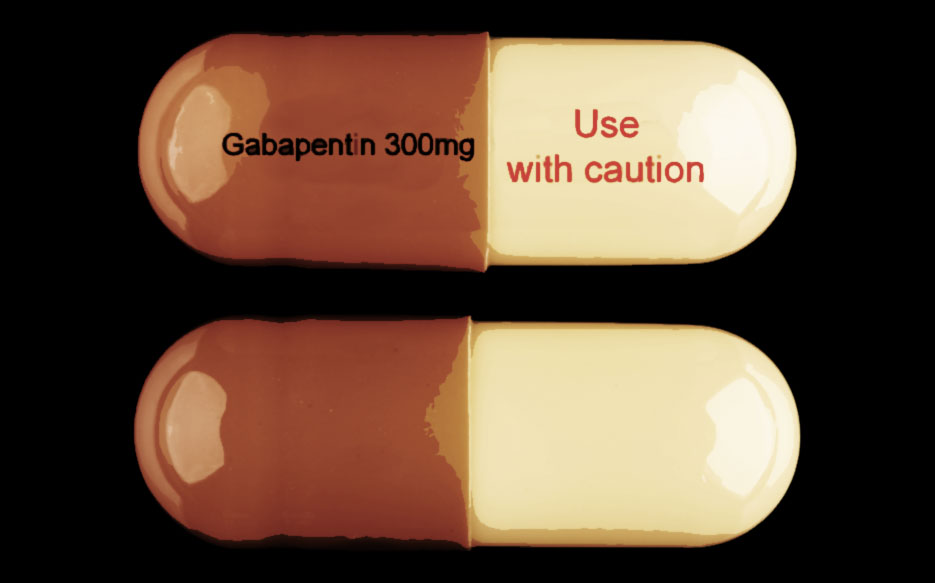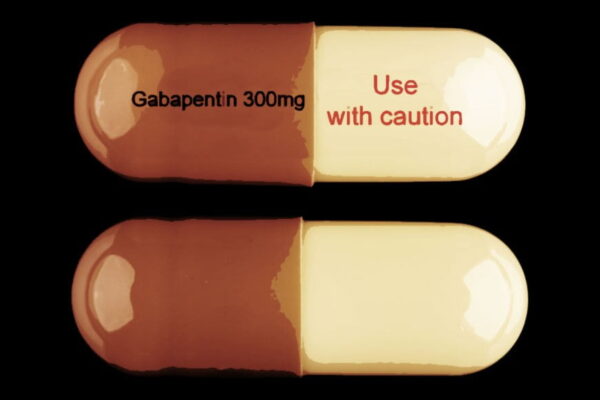
Gabapentin can be addictive. Search for gabapentin or pregabalin abuse on Google Scholar and you’ll turn up more than 26,000 results in a fraction of a second. Pubmed is a little more specific, finding 420 papers on the subject. Vaults of Erowid has hundreds of gabapentin and pregabalin experiences detailed by users. It seems gabapentinoids are making a splash, but who’s getting wet?
A few years ago, I wondered if it were becoming almost mandatory for clients coming to addiction treatment to be on opioids and gabapentin for pain despite experts warning that opioids and gabapentin are best avoided in those with a history of addiction. In Scotland’s horrific drug death figures from 2018, the gabapentinoids were implicated in a third of deaths. Gabapentin prescribing does seem to be a growth industry.
.
The rate of patients newly treated with gabapentinoids has tripled from 2007 to 2017 in primary care in the United Kingdom. By 2017, 50% of gabapentinoid prescriptions were for an off-label indication and 20% had a coprescription for opioids
JAMA, 2018
How do they work?
Gabapentin and its more expensive, faster-acting cousin pregabalin, act on nerve cells to reduce release of ‘excitatory’ neurotransmitters. Used in epilepsy, they ‘soothe’ the nervous system. They also may have a direct or indirect effect on the dopamine reward/salience/motivation system. That’s the same pathway that most addictive drugs end up stimulating. These drugs can certainly induce euphoria and relaxation, especially at higher than prescribed doses.
Side effects are high (69% of people taking pregabalin). Withdrawal effects are well recognised and can include insomnia, anxiety, pain, depression, sweating and fits. If these drugs are to be discontinued, this should be done gradually with monitoring.
Gabapentin has clear therapeutic impact on seizure activity and evidence of an impact for some people on two types of neuropathic pain, but these potential benefits need to be balanced against the risks in addicted populations. In my experience, many patients seem to be on off-label prescriptions.
There are reports of these drugs being used to maximise the effects of methadone and being misused by heroin users.
Unfortunately, our clinical experience suggests that gabapentin is now prevalent as a drug of abuse… In primary care, an increasing number and urgency of prescription requests cannot necessarily be explained by the increased number of cases of neuropathic pain.
British Journal of General Practice, 2012
Rising evidence of harm caused the reclassification of both gabapentin and pregabalin to class C by the UK Home Office in 2019 in the hope that prescribing, and associated harms, would drop, but an article in the British Medical Journal earlier this year reported no change in gabapentinoid prescribing habits. One of the issues is the relationship between deprivation, pain and prescribing.
One expert quoted in the BMJ said:
The high numbers are a reflection of the limits of what GPs can do when they are seeing patients with no hope or capacity to change their situation. There are very few alternatives for pain that do not carry risks. What do you do when you’re faced with someone who is in pain and has very little hope or social support? GPs are stuck in the middle.
Offer referral to appropriate treatment and support perhaps? But the article goes on:
Addiction services have seen heavy cuts across England. In 2018, the BBC found that budgets for treatment services fell by 18% between 2013-14 and 2017-18, which contributed to a 26% rise in drug related deaths between 2013 and 2016.
And what of more specific treatments – say rehab?
Meanwhile, the Care Quality Commission estimates that the number of live-in drug and alcohol rehabilitation services in England has fallen from 195 in 2013 to 132 in 2019.
“The solution is not complicated,” said [Ian] Hamilton [a senior lecturer at the University of York]. “We need more support services and for drug treatment to be invested in. People are paying with their lives.”
